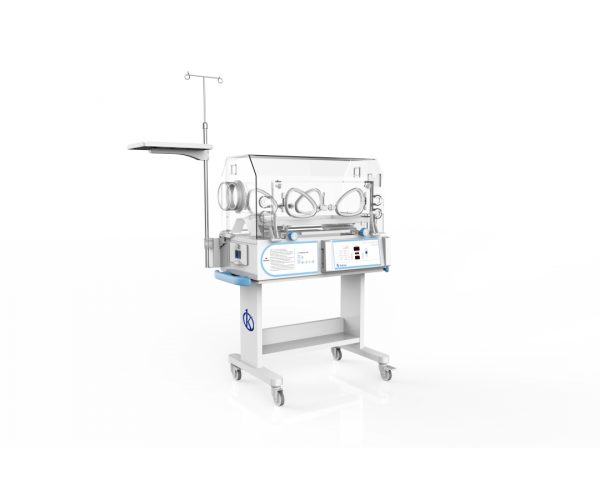Phototherapy incubator technology involves the application of artificial light to treat neonatal jaundice, which is a condition in which bilirubin accumulates in the baby’s body. Bilirubin is a waste product of hemoglobin, which occurs when red blood cells die. Neonatal jaundice is a relatively common condition, and is usually not dangerous. If left untreated, however, it can cause permanent brain damage.
Thus, the artificial light with which the phototherapy units work reduces bilirubin in the baby’s body by two main mechanisms. First, light stimulates red blood cell production, which lowers the bilirubin level. Secondly, light accelerates the elimination of the level by the liver, which is why the phototherapy incubator is a preferred option for the treatment of neonatal blood composition.
Participation of the Infant Phototherapy Incubator
The phototherapy incubator provides a comfortable and safe environment for the baby, while allowing artificial light to reach the baby’s skin directly. The incubator also keeps the baby at an appropriate temperature and allows the baby to receive the necessary medical care.
Although the phototherapy incubator is very effective, it is important to note that it is not a definitive cure for neonatal jaundice. If bilirubin is not reduced enough after treatment with phototherapy, other treatments, such as a blood transfusion, may be needed.
The phototherapy incubator is an effective tool for the treatment of changes in blood composition. This technique is used to increase the amount of hemoglobin and red blood cells in your blood. It can also be used to treat anemia and chronic anemia.
Composition of the Infant Phototherapy Incubator
The phototherapy incubator is a special camera used for phototherapy. This camera is equipped with ultraviolet lights that can be used to increase red blood cell production. It has been used for many years to treat anemia. In addition, it can be used to treat anemia caused by iron deficiency, pernicious anemia, aplastic anemia, and megaloblastic anemia. Phototherapy can also be used to treat iron deficiency anemia, which is caused by an iron-deficient diet.
The booth is similar to a tanning booth, but the patient is exposed to ultraviolet light rather than sunlight and is specially designed with ultraviolet light.
The treatment with phototherapy lasts between 5 and 30 minutes, depending on the type of disease being treated. Treatment is usually given three times a week. After treatment, the patient may experience some side effects, such as redness, itching or burning of the skin. These symptoms usually disappear within a few days.
The effects of phototherapy on the skin have been studied extensively. It is thought that ultraviolet light can work on skin cells to decrease the production of skin cells, reduce the size of red blood cells, and increase the production of certain chemicals that can soothe irritated skin. Phototherapy has been used successfully to treat psoriasis, eczema, and vitiligo.
Kalstein brand Children’s Phototherapy Incubator
At Kalstein, we have a variety of laboratory equipment with the most advanced technology on the market, to satisfy our users and meet their multiple demands. In this case, we bring you the Infant Phototherapy Incubator corresponding to the YR series, has:
Natural air circulation system.
- Protective rail.
- Drawer-type wardrobe.
- RS-232 connector.
We invite you to know more about our products, from our catalog https://kalstein.co.in/category-product/medical-line/infant-phototherapy-incubator/ We have the best advice, so that your purchase is the ideal and at excellent prices For more information, you can check https://kalstein.co.in/


